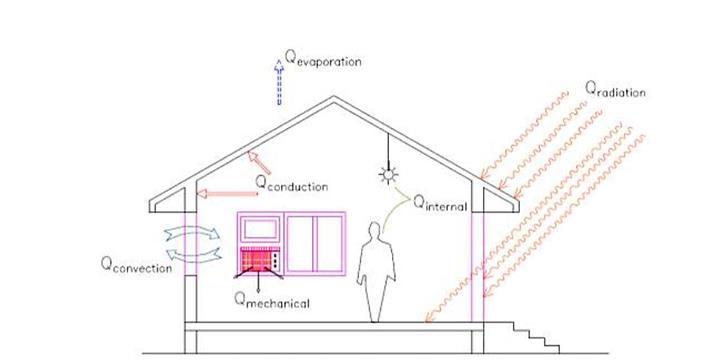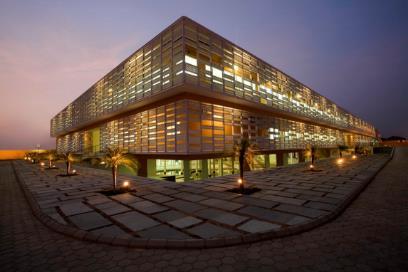
1 minute read
PASSIVE SOLAR HEATING
Heat exchange processes between a building and external environment
PASSIVE SOLAR HEATING Conservatories are also an effective means of bringing thermal energy into houses by means of conduction through a shared mass wall in the rear of a sunroom or by using vents that allow the air between the sunroom and living space to be exchanged by natural convection. A brick chimney between a sunroom and the living room can also act as additional thermal mass. A south-facing home having an attached conservatory can in the hot summer months, use of blinds, curtains or awnings to block the sunlight and prevent the building from overheating.
Advertisement
But as well as large south facing windows and high efficiency windows, modern passive solar thermal designs use buildings with high levels of wall insulation and air-tight construction to keep the heat in, when it is cold outside and keep the interior cool when it is hot outside. With the heat contained, often a simple ceiling fan is all that is required for the heat to be distributed around the building.
Direct Gain
The sunlight heats the walls and floors, which then store and transmit the heat to the indoor environment.
- Glazed windows - Thermal storage mass
Indirect gain
1.Thermal storage walls I) Trombe wall ii) water wall iii) trans wall 2. Roof top collectors I) thermosyphon panel









